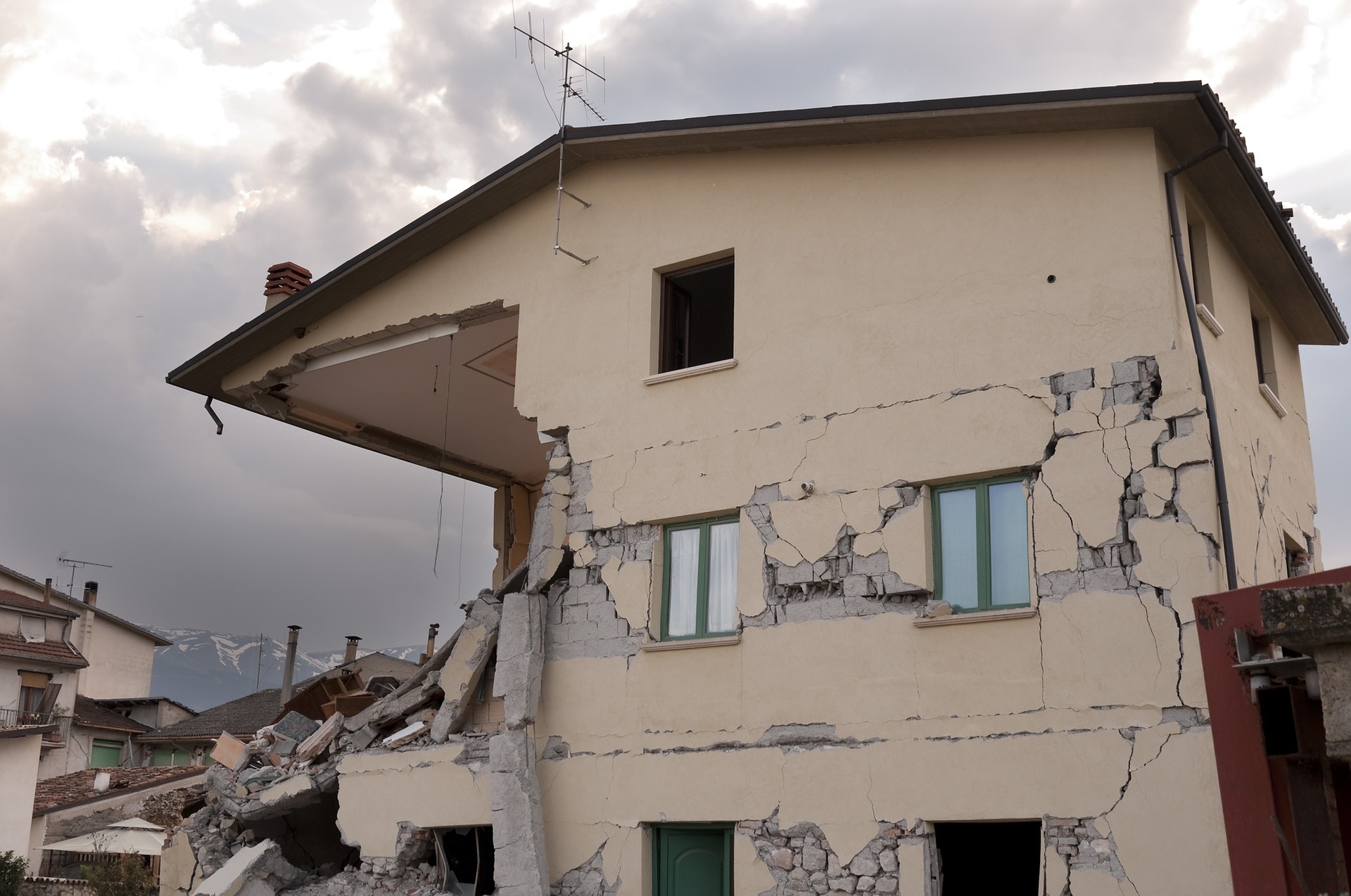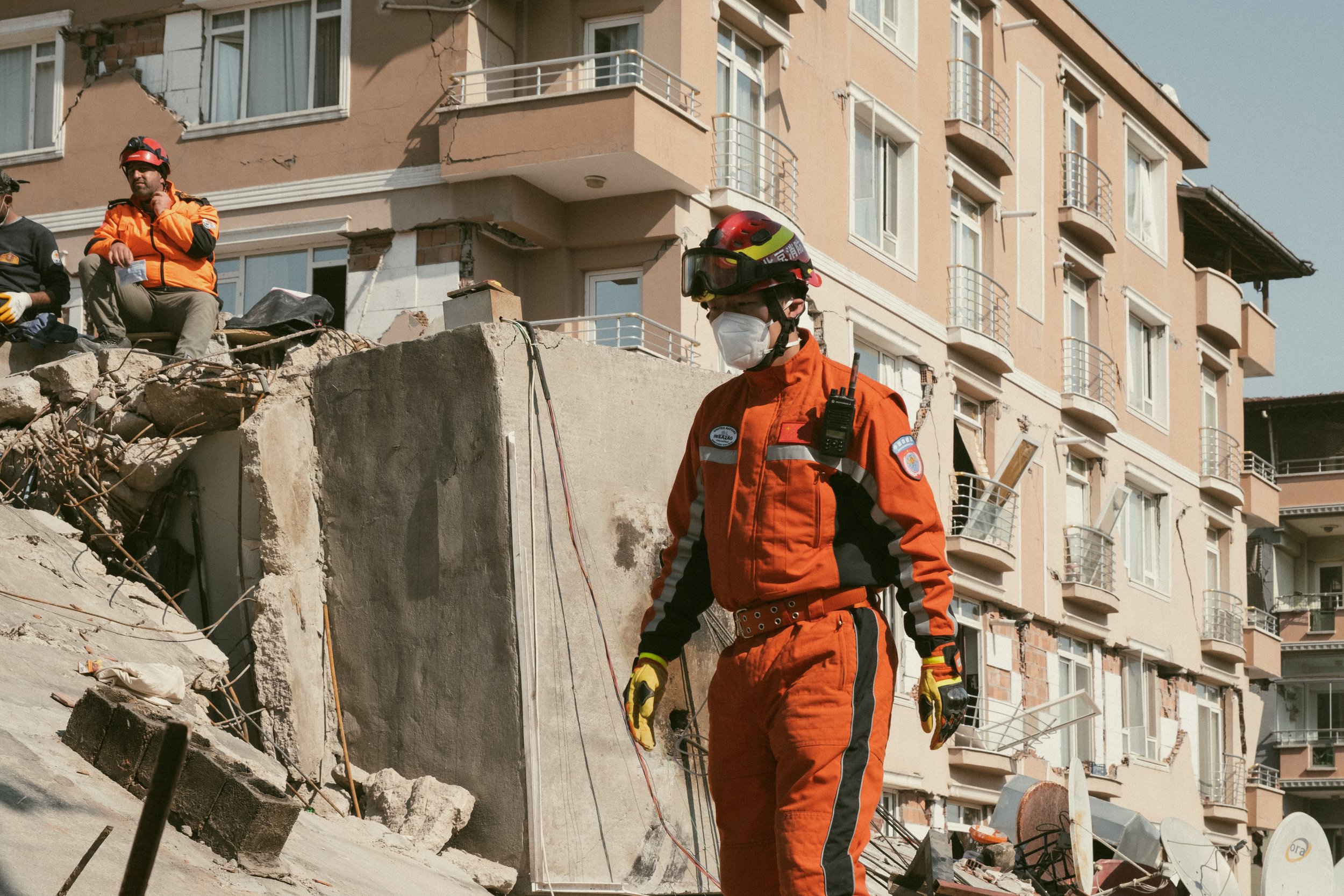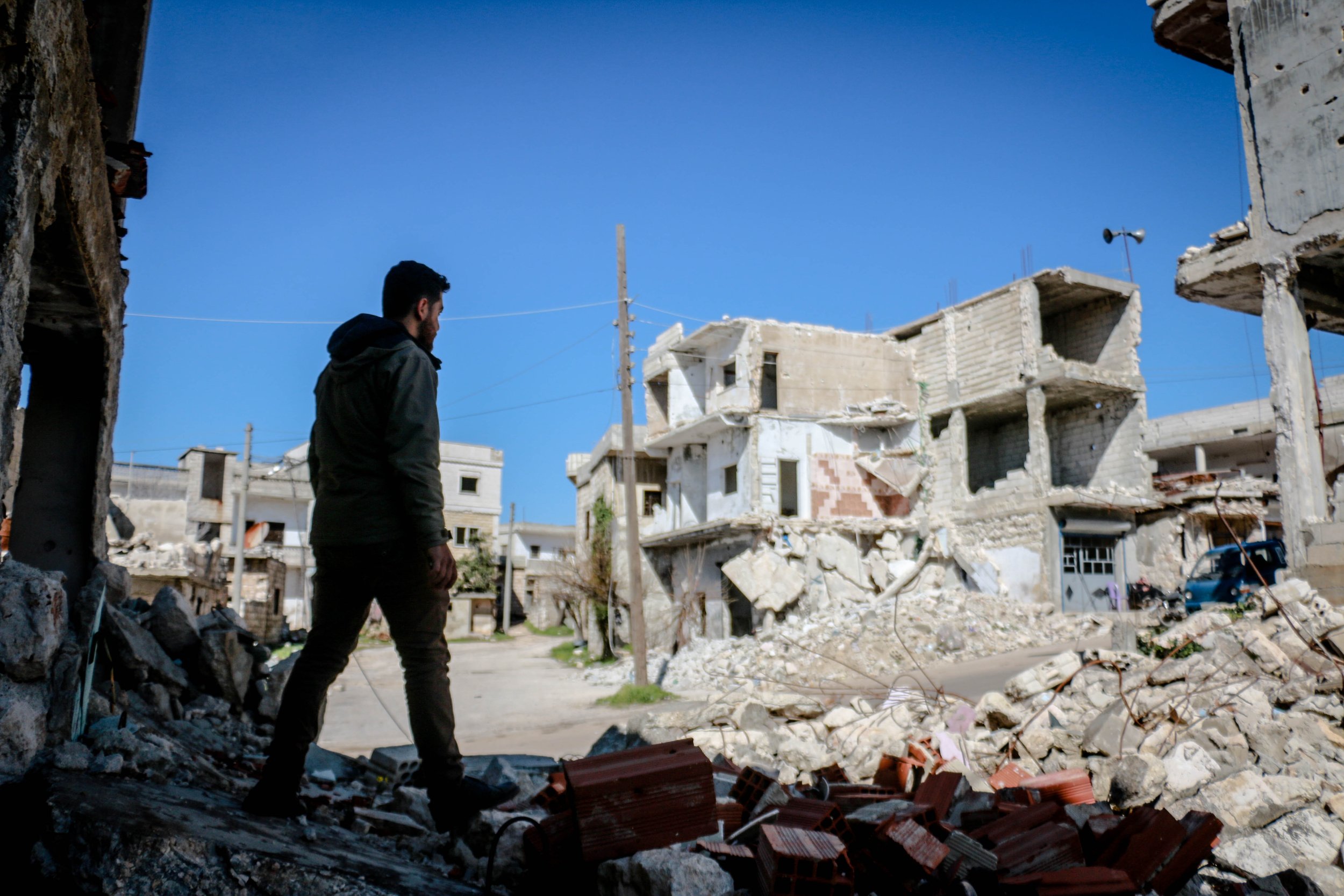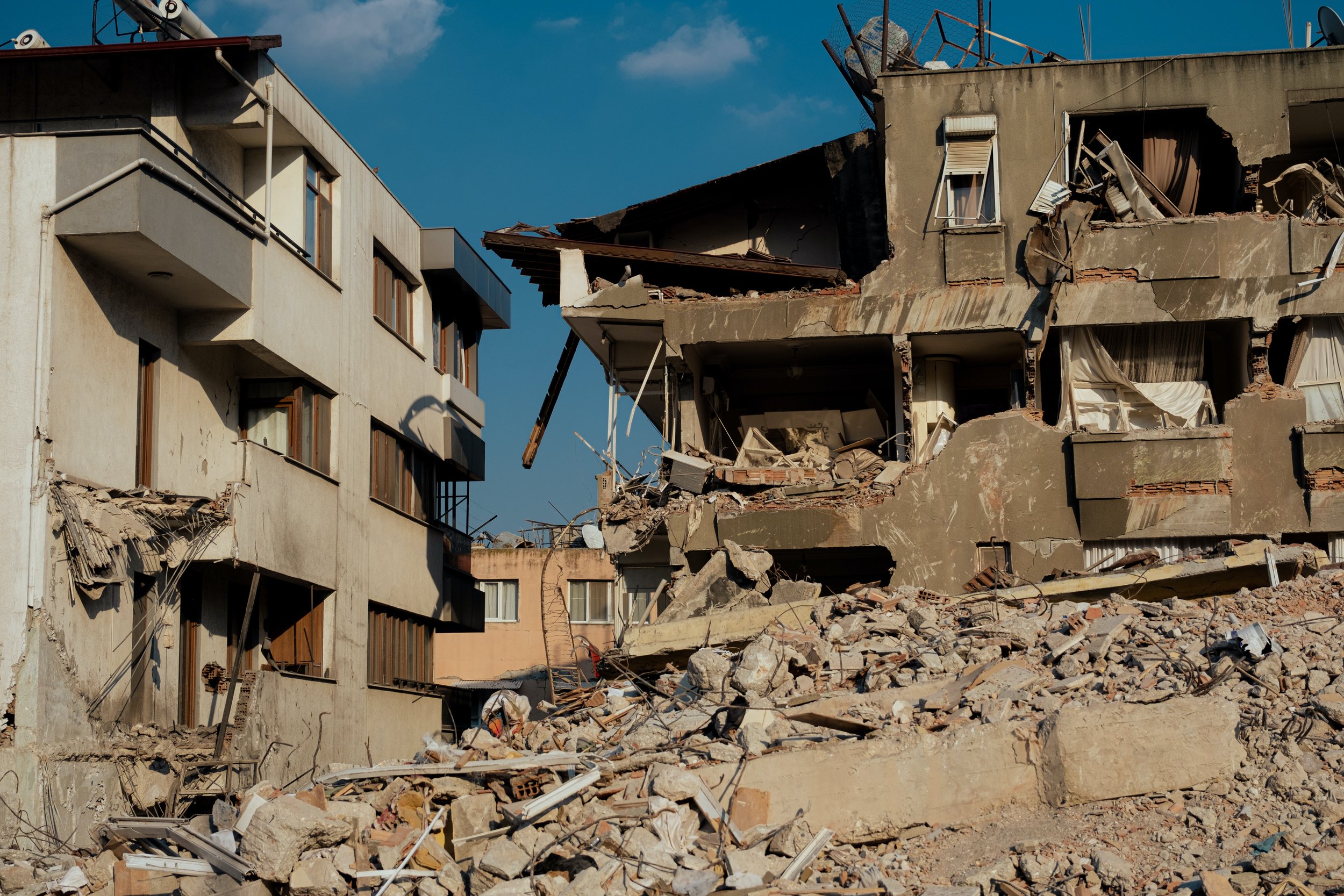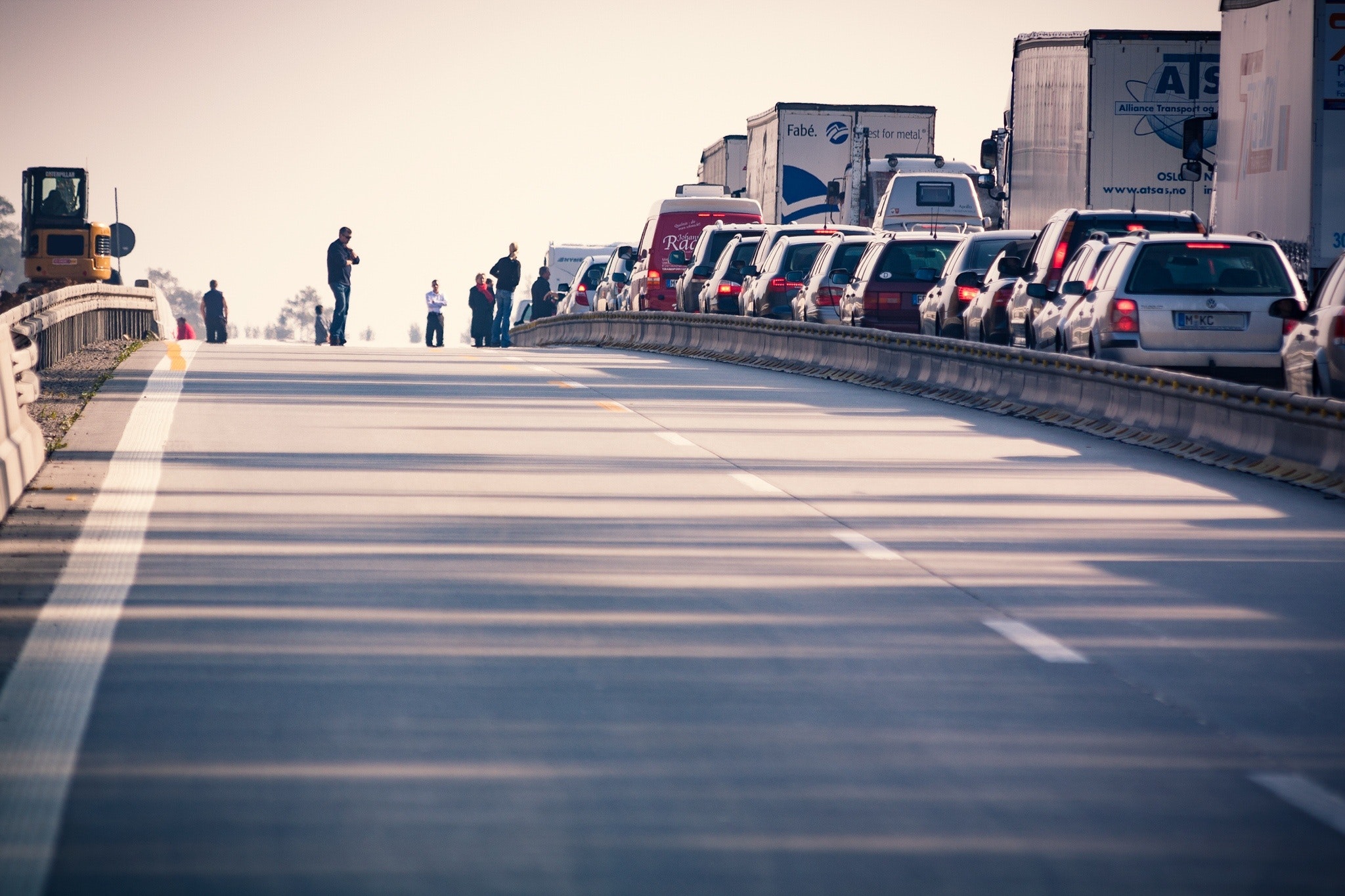Earthquake Preparedness
Be Proactive
Many think the majority of earthquakes occur in California, but if you live anywhere west or just east of the Rockies, you life in an earthquakes zone. Do you live along the Mississippi Rive in the New Madrid region, well, that’s an earthquake zone. Charleston, SC? Yes. Alaska? Absolutely. There’s even a fault line running under New York City.
The thought of your life being changed in an instant can be a frightening one, no matter where you are located. You don’t have to lose your home and possessions. You can take steps to be prepared. It’s never too early; you can take several basic steps right now to protect your family and your home from disaster.
Before an earthquake
While nothing can be done to make a dwelling completely quake- resistant, you can improve the odds of your home surviving an earthquake by taking these precautions. Earthquakes strike without warning, so take these additional steps to protect yourself and your family as fully as possible:
Teach everyone to duck or drop to the floor, take cover under a desk or table and hold on to it when an earthquake strikes. Remember the phrase: Duck, cover, and hold.
Become familiar with your community’s disaster preparedness plans and create a family plan. Identity escape routes from your home and neighborhood and designate an emergency meeting place for the family to reunite if you become separated. Also establish a contact point to communicate with concerned relatives.
Make certain all adult and teenage members of the family know where your gas, electric and water main shutoff controls are and how to turn them off if there is a leak or electrical short. Keep any necessary wrenches close by.
Put together an emergency kit that includes a three-day supply of drinking water and food you don’t have to refrigerate or cook; first aid supplies; a portable NOAA weather radio; a wrench and other basic tools; a flashlight; work gloves; emergency cooking equipment;clothing; blankets; baby items; prescription medications; extra car and house keys; extra eyeglasses; credit cards and cash; important documents, including insurance policies.
Need earthquake Insurance?
During an Earthquake
If you are indoors when an earthquake strikes, stay there. Move away from windows, skylights, doors and things that could fall. Duck, cover and hold until the shaking stops.
If you are outdoors, move quickly and safely into the open, away from electrical lines, trees and buildings. Drop to the ground and wait for the shaking to stop.
If your are driving, carefully and slowly bring your vehicle to a stop at the side of the road away from traffic. Do not stop on or under bridges, under power lines or near roadway signs that might fall. Once that shaking has stopped, you can continue driving, but watch carefully for possible damage to the roadway.
Preparing the inside of your dwelling
Anchor bookcases and filing cabinets to nearby walls
Install latches on drawers and cabinet doors to keep contents from spilling.
Install ledge barriers on shelves, place heavy items on lower shelves, and secure large, heavy items and breakables directly to shelves to keep them from falling.
Use closed screw-eyes and wire to securely attach pictures and mirrors to the walls.
Attach computers and small appliances to desks, tables or counter tops.
Secure ceiling lights, suspended ceilings and other hanging items such as chandeliers and plants to the permanent structure of your house.
Apply safety film windows and glass doors.
Anchor large appliances to walls using safety cables or straps. Lock the rollers of any large appliances or pieces of furniture.
Secure water heater(s) to nearby walls.
Fit all gas appliances with flexible connections and/or a breakaway gas shut-off device, or install a main gas shut-off device. (Check your local building codes to determine whether you may install flexible connectors yourself or whether a professional mush install them.)
Preparing the actual structure
An earthquake puts your home’s structure to the test: it must absorb the earthquake’s energy and provide a stable path to transfer these forces back into the ground. Your home is more likely to pass this test when it is properly tied together, meaning the rook is attached tightly to the walls, the walls are fasted to each other and, finally, the walls are braced and anchored to a strong foundation.
If structural elements of your home need reinforcing, some of the most important and common retrofits include:
Adding anchor bolts or steel plates between your home and its foundation.
Bracing the inside of your home’s cripple wall-the short wood-stud wall between the top of the foundation wall and the first floor - with sheathing.
Bracing unenforced chimneys, masonry and concrete walls and foundations.
It’s important to note that while you can secure appliances, furniture and keepsakes yourself, work involving your home’s structure tends to be much more complex, and usually requires the expertise of a registered design professional, such as an architect or engineer, or a licensed building contractor. Also, make sure to check with local building officials before attempting structural changes to your home to be sure that changes comply with local building codes. A benefit of upgrading the structure of your house is experts agree that structures built to meet or exceed current model building codes have a much better chance of surviving an earthquake.
Make the smart choice
As mentioned earlier, earthquakes can occur without warning, with sometimes devastating results. The best way to prevent becoming a part of these statics is to prepare as much as you can before one occurs. Doing so will improve the odds of your house remaining standing, as well as increase the safety level for you and your family. While taking these measures does not guarantee your safety, they can go a long way in reducing the risk you face.
If you are affected by an earthquake or other natural disaster, you should report any property damage to your insurance agent or company representative immediately. If it is safe to do so, make temporary repairs to prevent further damage. For information about filing an insurance claim after a natural disaster, contact Jackson Insurance Services.
Why Farmers?
We know you have a busy life. With Farmers through Matthew Jackson Insurance Agency, you can conveniently manage all of your insurance in one place with one agent, Matt Jackson! Matt offers a free needs-analysis service that can simplify the process and help you determine the right insurance for your situation. And. our multi-line discounts may save you money.


